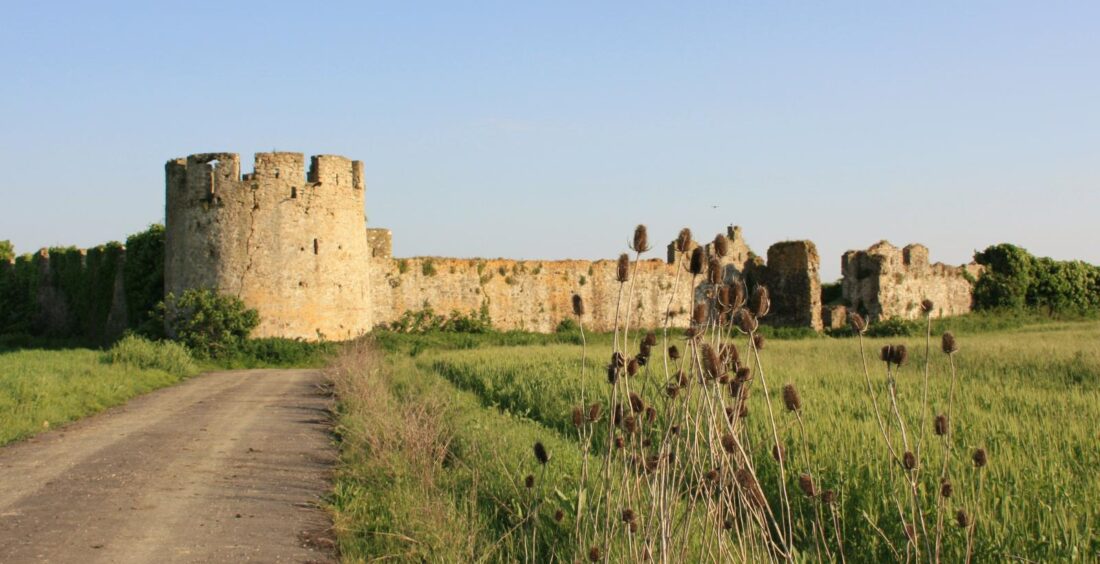The Fortress of Bashtovë, built in the 15th century under Venetian rule, was designed to facilitate trade. It underwent further modifications during the Ottoman conquest in the same century, with construction activities continuing into the early 16th century.
The fortification walls suffered damage during the 2019 earthquake and are currently being restored. Located along the ancient “Via Egnatia” road, the fortress held significant strategic importance for connecting the east and west. It was constructed to control and potentially resist Ottoman attacks against the medieval western world.
Situated in a rural area free from urbanization pressures, the castle has remained preserved as it was in 1948 when it was declared a National Cultural Monument. It has not been subjected to inappropriate restoration or modern construction. The original materials and construction techniques remain intact, including consolidation work carried out in the 1980s. The structure features thin walls reinforced internally with pilasters and arches, towers with open ridges, and low floors, which were designed for combat rather than durability.
As one of the last Venetian fortifications built to resist the Ottoman invasion, Bashtovë Castle also incorporates architectural fragments from the Byzantine period, such as columns, bases, and capitals used in place of ordinary stones.
For centuries, the castle served as a vital commercial hub, port, and customs office, generating significant revenue and functioning as a military stronghold with defensive and controlling purposes. Today, it continues to play a prominent role as the area’s most notable tourist attraction. Restorative interventions, development, and tourism promotion efforts have enhanced its potential as a cultural and economic asset.









 Rruga e Elbasanit, Pallati nr. 111,
Rruga e Elbasanit, Pallati nr. 111,